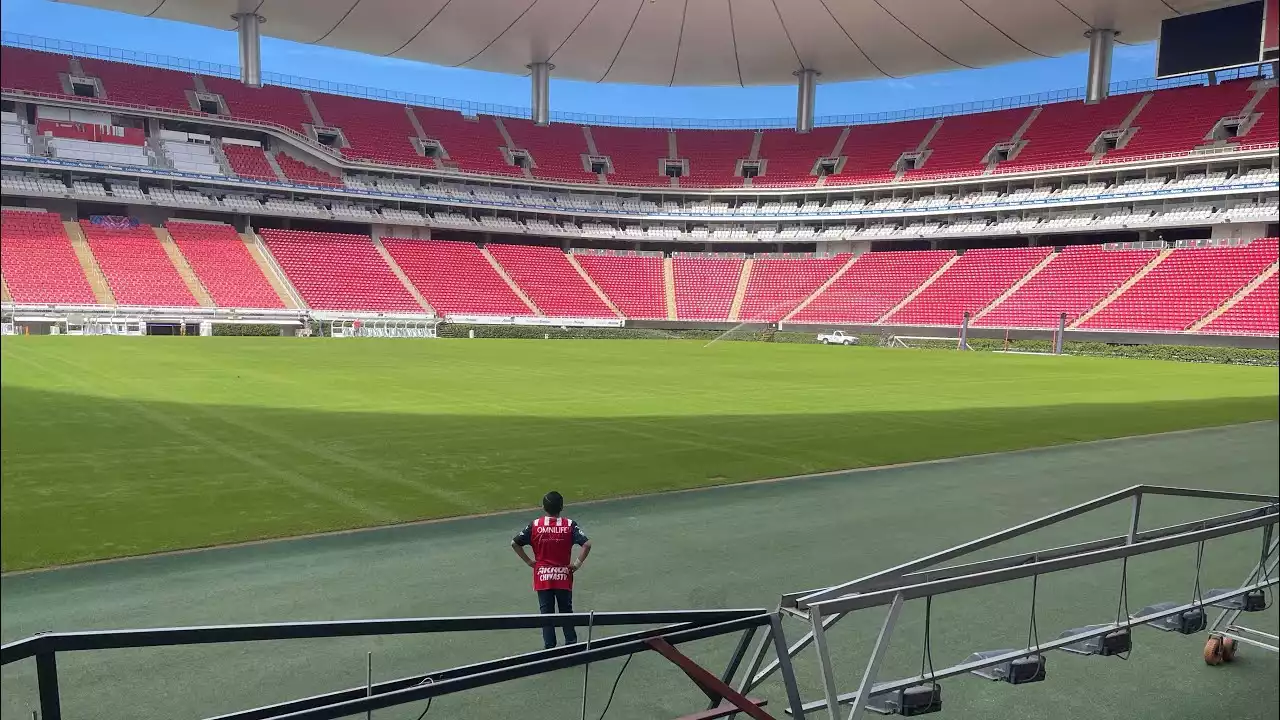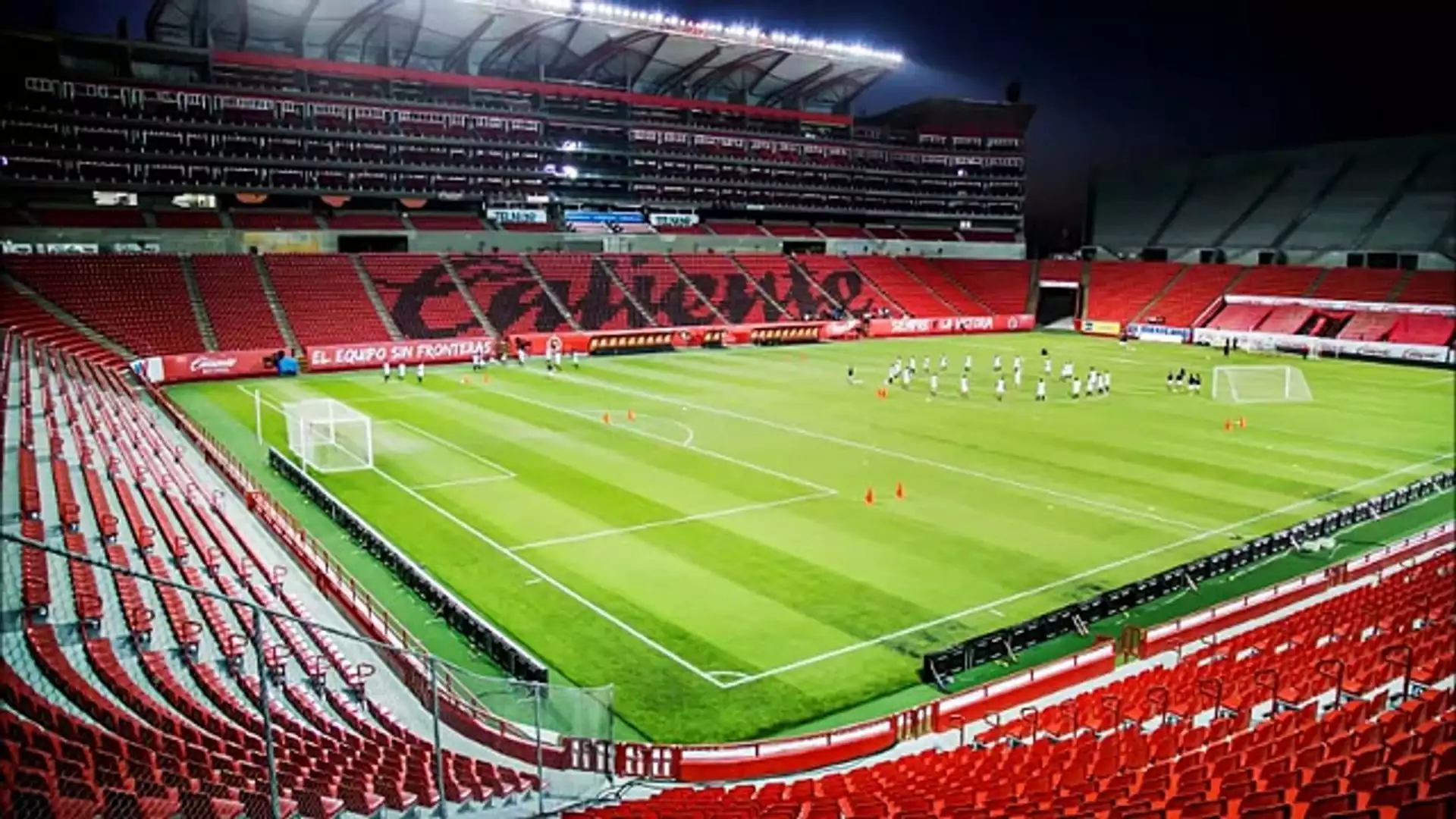History and significance of Estadio Azteca
Estadio Azteca has a storied history that dates back to its construction in the mid-1960s. The stadium was built specifically for the 1970 FIFA World Cup, which was hosted by Mexico. The architects, Pedro Ramírez Vázquez and Rafael Mijares Alcérreca, designed a structure that would not only meet the demands of a major international tournament but also reflect the grandeur and cultural heritage of Mexico. The name "Azteca" pays homage to the ancient Aztec civilization that once thrived in the region.
Since its inauguration, Estadio Azteca has become an integral part of Mexican football culture. It has hosted countless domestic league matches, cup finals, and international fixtures. The stadium has been the home ground for Club América, one of Mexico's most successful football clubs, and the Mexican national team. The passionate atmosphere created by the fervent fans has made Estadio Azteca a fortress, where opposing teams often struggle to secure a victory.
Notable events and matches at Estadio Azteca
Estadio Azteca has witnessed numerous historic moments that have left an indelible mark on the footballing world. One of the most iconic events in the stadium's history was the 1970 FIFA World Cup final between Brazil and Italy. This match is widely regarded as one of the greatest World Cup finals ever played, and it showcased the immense talent of legendary players like Pele and Roberto Rivelino. The final ended with Brazil lifting the Jules Rimet Trophy after a thrilling 4-1 victory.
Another unforgettable match took place in 1986 during the quarterfinals of the FIFA World Cup. Argentina faced England in a highly anticipated clash, and it was here that Diego Maradona scored his infamous "Hand of God" goal. The Argentine superstar's audacious handball goal and his subsequent solo dribble, known as the "Goal of the Century," remain etched in football folklore.
In addition to these World Cup moments, Estadio Azteca has hosted numerous important matches for the Mexican national team, including qualification games for various international tournaments. The stadium has witnessed some of Mexico's most memorable victories, as well as heartbreaking defeats. The passionate support of the fans creates an atmosphere like no other, amplifying the emotions on the pitch and making every match a spectacle.
Architectural features of Estadio Azteca
Estadio Azteca's architectural design is a testament to the creativity and innovation of its creators. The stadium features a unique circular shape, with a shallow bowl-like structure that maximizes the viewing experience for spectators. This design ensures that fans are close to the action, creating an intimate atmosphere even in such a vast stadium.
One of the most recognizable features of Estadio Azteca is its distinctive concrete outer shell, adorned with pre-Columbian motifs and patterns inspired by Aztec art. These intricate details pay homage to Mexico's ancient heritage and add a touch of grandeur to the stadium's exterior.
Inside the stadium, the stands are divided into four tiers, each offering excellent views of the pitch. The seating arrangement is designed to provide optimal sightlines, ensuring that every fan has a clear view of the action. The acoustics of the stadium are also engineered to amplify the crowd's cheers and chants, creating an electric atmosphere that reverberates throughout the entire venue.
Estadio Azteca's impact on Mexican football
Estadio Azteca has played a significant role in shaping Mexican football and elevating it to new heights. The stadium's capacity and grandeur have allowed for the organization of major international tournaments, including the FIFA World Cup. Hosting such prestigious events has not only showcased Mexico's ability to organize and host large-scale sporting events but also boosted the country's reputation in the global football community.
Furthermore, Estadio Azteca has served as a catalyst for the growth of football in Mexico. The stadium's vibrant atmosphere and passionate fans inspire young players and fans alike, fostering a love for the sport and driving the development of local talent. The success of the Mexican national team on the international stage can be partly attributed to the support and energy generated by the supporters at Estadio Azteca.
Estadio Azteca's role in international competitions
Estadio Azteca has become a symbol of Mexican football on the international stage. The stadium has hosted numerous high-profile matches, not only during the FIFA World Cup but also in other prestigious competitions. The Copa America, CONCACAF Gold Cup, and CONCACAF Champions League have all graced the hallowed grounds of Estadio Azteca, further cementing its status as a premier football venue.
The reputation of Estadio Azteca extends beyond football. The stadium has also hosted notable concerts by some of the biggest names in the music industry, including U2, The Rolling Stones, and Paul McCartney. These concerts have drawn massive crowds, showcasing Estadio Azteca's versatility as a venue for both sporting and entertainment events. The electrifying atmosphere created by the passionate Mexican crowd adds an extra dimension to these performances, making them truly unforgettable.
The future of Estadio Azteca
As one of the most iconic stadiums in the world, Estadio Azteca continues to evolve and adapt to modern standards. In recent years, the stadium has undergone renovations to enhance the spectator experience and improve facilities. These upgrades include the installation of state-of-the-art video screens, improved seating arrangements, and enhanced accessibility features.
Looking ahead, Estadio Azteca is set to host matches during the 2026 FIFA World Cup, which will be jointly hosted by Mexico, the United States, and Canada. This prestigious event will once again put Estadio Azteca in the global spotlight, reaffirming its status as a premier football destination.
Visiting Estadio Azteca - Tours and experiences
For football enthusiasts and sports fans, a visit to Estadio Azteca is a must-do experience. The stadium offers guided tours that take visitors behind the scenes, allowing them to explore the locker rooms, walk through the player tunnel, and even step onto the pitch itself. These tours provide a unique opportunity to learn about the stadium's history, soak in the vibrant atmosphere, and witness firsthand the legacy of Mexican football.
In addition to the tours, Estadio Azteca is home to a football museum that showcases memorabilia, artifacts, and interactive exhibits related to the stadium's rich history. Visitors can delve deeper into the world of Mexican football, learning about the legends who have graced the hallowed grounds of Estadio Azteca and the moments that have defined the nation's sporting legacy.
Interesting facts about Estadio Azteca
- Estadio Azteca has the distinction of being the only stadium in the world to host two FIFA World Cup finals: in 1970 and 1986.
- The stadium's record attendance was set during the 1968 Summer Olympics, when over 100,000 spectators packed into Estadio Azteca to witness the closing ceremony. - Estadio Azteca was the first stadium in the world to have two giant video screens, installed in 2007.
- The stadium's playing surface is a hybrid grass system, combining natural grass with synthetic fibers to ensure optimal playing conditions.
- Estadio Azteca's electric atmosphere is often referred to as the "Aztecazo," a term used to describe the overwhelming support and passion of the home crowd.
Estadio Azteca stands as a testament to the passion, history, and vibrant culture of Mexican football. Its iconic status, rich heritage, and unforgettable moments have solidified its place in the annals of football history. Whether it's witnessing a thrilling match, exploring the stadium's architectural marvels, or immersing oneself in the electric atmosphere, Estadio Azteca offers an experience unlike any other. As the largest stadium in Mexico and a global symbol of football excellence, Estadio Azteca continues to inspire and captivate football lovers around the world.









